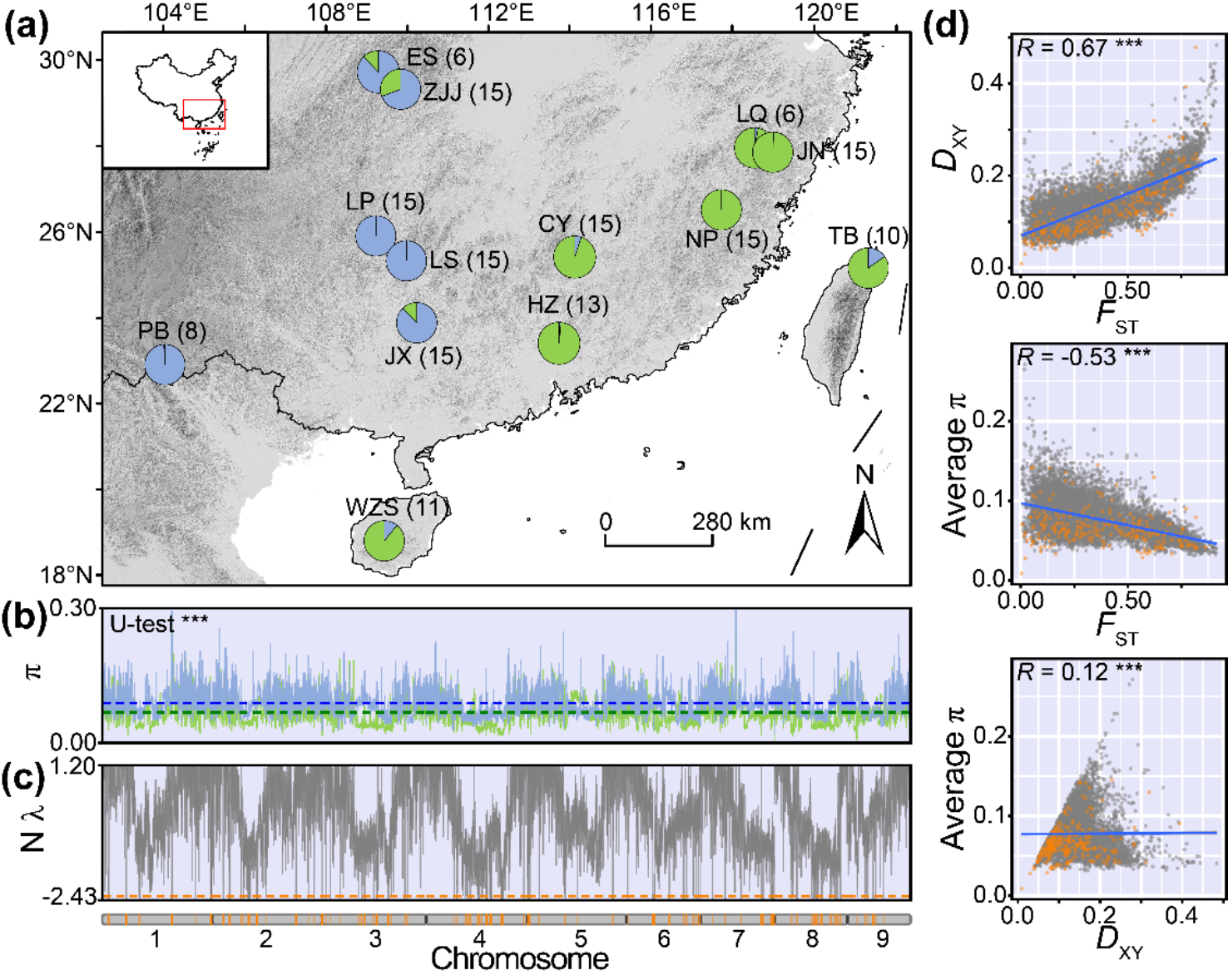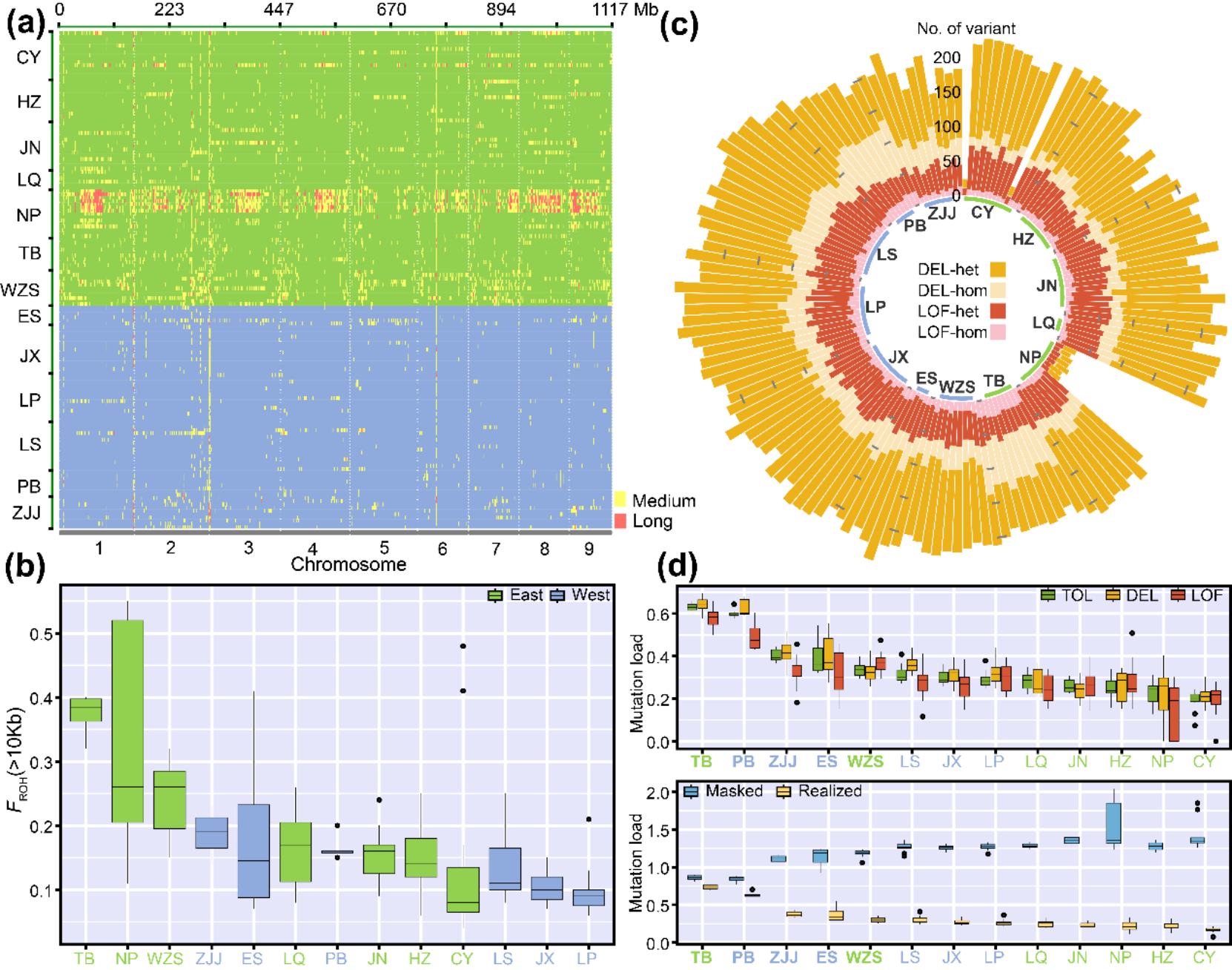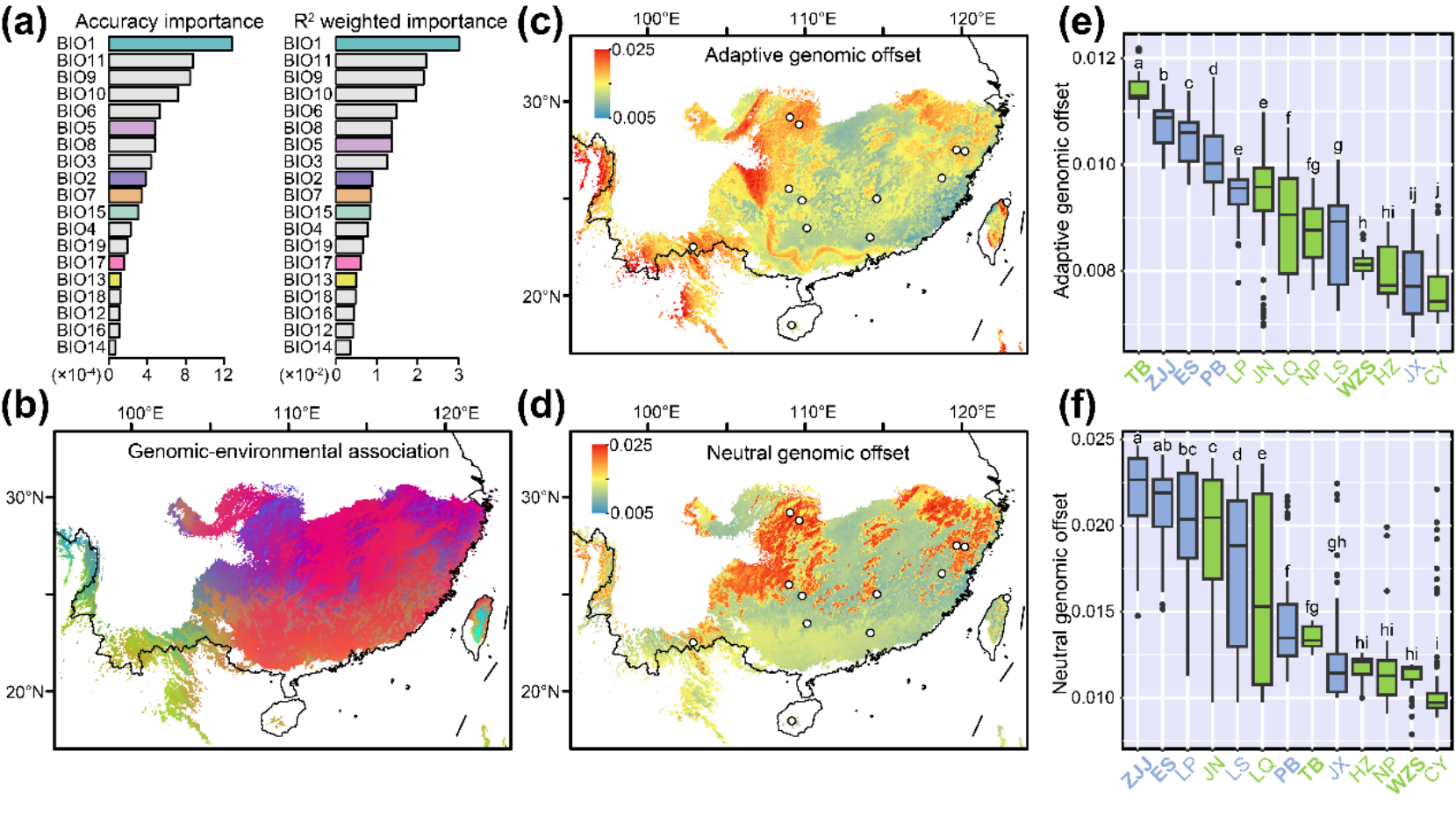The evolutionary history of “living fossils”: Lineage differentiation and genomic vulnerability of Bretschneidera sinensis
The subtropical forests of East Asia, distinguished by their high plant diversity and endemism, are home to abundant ancient relict species.These relict speciesare commonly known as “living fossils” because their morphological characteristics have remained virtually unchanged over long periods of time.
Many relict species were widespread during the last glacial period, but now are often characterized by narrow geographic distribution, small population sizes, and limited dispersal capacity. This makes them high priority targets for biodiversity conservation. However, both the evolutionary history of these relict species and their capacity for resilience in the face of impending climatic changes remain unclear.
Bretschneidera sinensis, is an ancient Tertiary relict that is endemic to East Asia and is a key protected wild plant in China. Like many relict species, populations of this species in wild are typically small and isolated, which presents challenges for natural regeneration. Nevertheless, this species has a relatively wide distribution. This makes B. sinensis an exemplary model for studying relict species in East Asia. This study employed a combination of population genomic and landscape genomic approaches to evaluate the historical lineage differentiation and contemporary genomic vulnerability of B. sinensis. Our analysis revealed a profound genomic divergence between the East and West lineages, likely as the result of recurrent bottlenecks due to climatic fluctuations during the glacial period. Furthermore, we identified several genes potentially linked to growth characteristics and hypoxia response that had been subjected to positive selection during the lineage differentiation. Our assessment of genomic vulnerability uncovered a significantly higher mutation load and genomic offset in the edge populations of B. sinensis compared to their core counterparts. This implies that the edge populations are likely to experience the most significant impact from the predicted climate conditions.
Broadening our understanding of the speciation history and future resilience of relic and endangered species such as B. sinensis, is crucial in developing effective conservation strategies in anticipation of future climatic changes.
The study titled "Lineage differentiation and genomic vulnerability in a relict tree from subtropical forests" was published online in Evolutionary Applications. Xianliang Zhu is the first author of this paper and Professor Ming Kang is the corresponding author. This study was supported by the Guangdong Flagship Project of Basic and Applied Basic Research and Key-Area Research and Development Program of Guangdong Province. The article link is: https://onlinelibrary.wiley.com/doi/10.1111/eva.70033
First author information: Xianliang Zhu: PhD candidate, South China Botanical Garden, Chinese Academy of Science, Research field: Conservation genomics, E-mail: xianliangzhu@scbg.ac.cn

Figure 1. Geographic distribution and genomic variation patterns in B. sinensis.

Figure 2. Genomic inbreeding and mutation load assessment ofB. sinensis.

Figure 3. Genomic offset to future climate change in B. sinensis.
File Download: